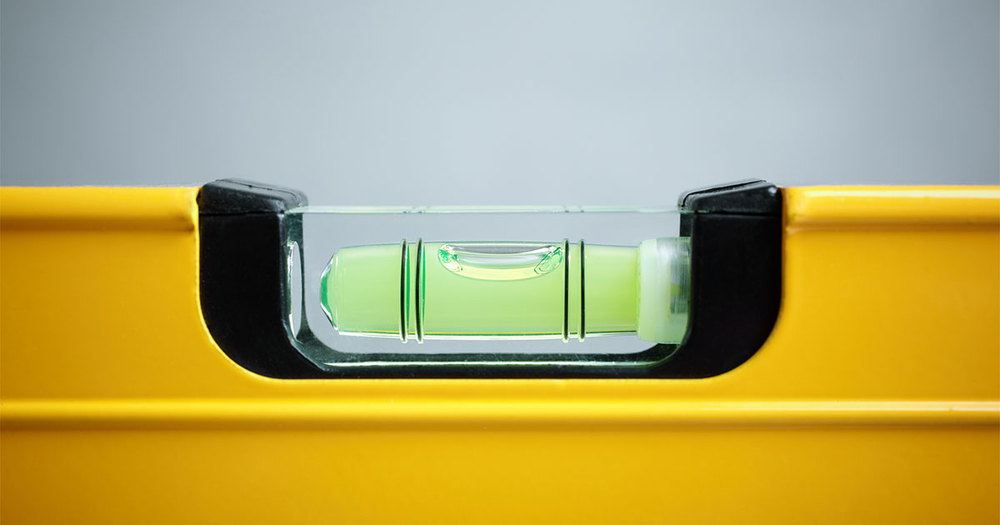
As a professional contractor, an accurate and easy-to-use level is critical to streamlining a project and accurately grading any job site. Whether you are working on a DIY project at home or grading a large-scale commercial facility, our comprehensive guide to levels takes you through every type of level and the factors you need to consider to buy the best one for your needs.
A level refers to a tool used to gauge whether a surface is vertical (plumb) or horizontal (level). Needless to say, a level is an indispensable tool in everything from common household renovations to full build-outs.
Leveling instruments range in sophistication from the simple spirit level, which can indicate level and plumb with a bubble vial, to a high-end self-leveling laser level, which can emit horizontal and vertical laser lines onto a surface. Both types of instruments have their place in a job site depending on the type of work being performed.
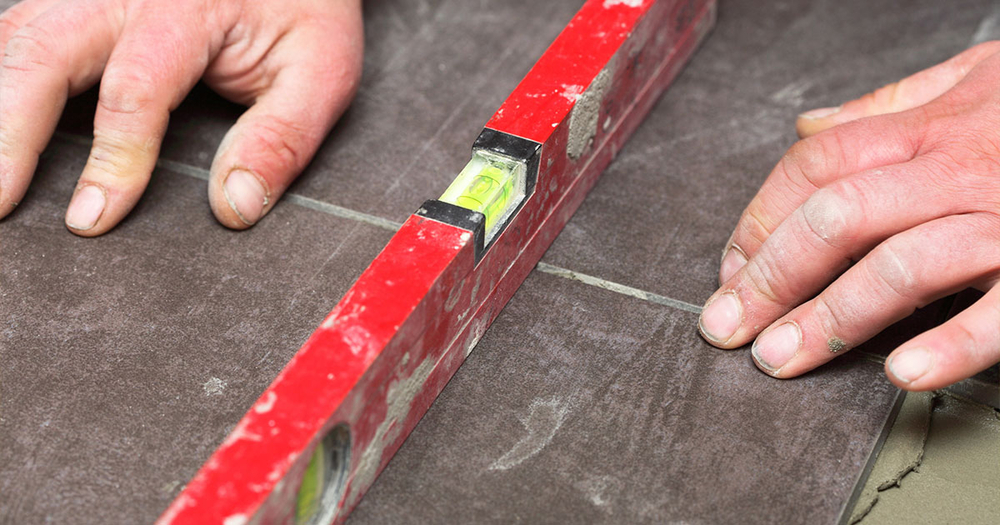
Conventional spirit levels feature a bubble of air inside of a vial of liquid. When the bubble is centered, it means the device’s frame is perfectly horizontal with the surface of the Earth.
Some spirit levels can include multiple vials, such as perpendicular vials to measure vertical “plumb,” which works similarly by manually centering the bubble in the vial when set next to a wall or vertical surface.
Some levels shoot out laser beams on a vertical or horizontal plane when placed on a stable surface. Sophisticated laser devices can produce up to two beams that can rotate 360-degrees around a site when placed on a tripod.
Modern self-leveling levels feature a compensator, which uses electronic sensors and motors that can maintain a precise level even when bumped into. As you can see, these instruments range in operation and function depending on the scale of the project.
The type of leveling instrument a contractor needs depends on the specific project and task involved. Leveling instruments vary in cost, quality, function, and accuracy. Choosing the right one for your project will save you money and time in the long run.
Here are a few of the most important factors to consider when shopping for a leveling device.
Arguably, accuracy is the most important factor to consider when shopping for a leveling instrument. For a rough estimate of a surface’s level, a hand level can meet your basic requirements.
For an ultra-precise leveling job, a self-leveling laser offers exceptional precision.
In addition, you must consider the magnification level of the model. How far do you need to measure between multiple points? Is your project indoors or outdoors? Some devices can measure hundreds of feet away.
In terms of accuracy, an operator’s experience using the device can also affect the precision you get from your tool.
Of course, levels vary in price depending on the brand, function, quality, and leveling capabilities. For the most affordability and ease of use, a hand level fits the bill.
If you need the highest possible quality and most accuracy, a self-leveling laser instrument should be your top choice.
Generally, the price of the instrument correlates with the level of precision you get from your device.
Levels vary between manually operated devices to ones that provide automatic readings with minimal interference. Hand levels can provide a fast reading without extensive setup times or high maintenance costs.
However, investing in an automatic level can provide greater accuracy with less tinkering of the level. Plus, automatic levels tend to retain their price better than simple hand levels.
Laser instruments can emit a single or dual beam for vertical and horizontal alignment. Beam options vary between green and red colors. Green beams are considered more visible and brighter than reds and can be useful in large indoor applications.
Most traditional laser levels well emit a red beam, which tend to be easier to make and more affordable. For an budget- and indoor-friendly option, a red beam is enough. If you are working outside or on a long-range project, a green beam is best.
Consider the differences in power source between instruments. Some devices such as small dot and line lasers or budget rotary lasers operate with only traditional alkaline batteries. If you are going this route, always invest in the highest quality battery options.
Higher quality lasers tend to feature a rechargeable battery pack. In addition, consider the cost of the replacement rechargeable battery, which can last several years. Also, consider how long the battery lasts with a single charge.
Consider the specific needs of your project. How many individual reference points will you measure? A couple of thousand or tens of thousands of reference points?
The most robust devices can store up to 30,000 data points. Easily transfer the information from the device using a compatible USB transfer cable.
High-tech leveling instruments include a backlit LCD display screen, which makes reading measurements easy under any lighting condition. Digital displays vary in size and functionality, with with some being more user-friendly than others.
Leveling tools can directly mount onto a surface for stable support. Some tools can feature a magnetic base that can easily attach onto a surface. Other tools can use a mounting bracket to attach to a tripod.
When you are working outdoors in harsh environment, you need an instrument that works just as hard as you. Invest in devices with rugged construction and high ingress protection (IP) rating against water and dust.
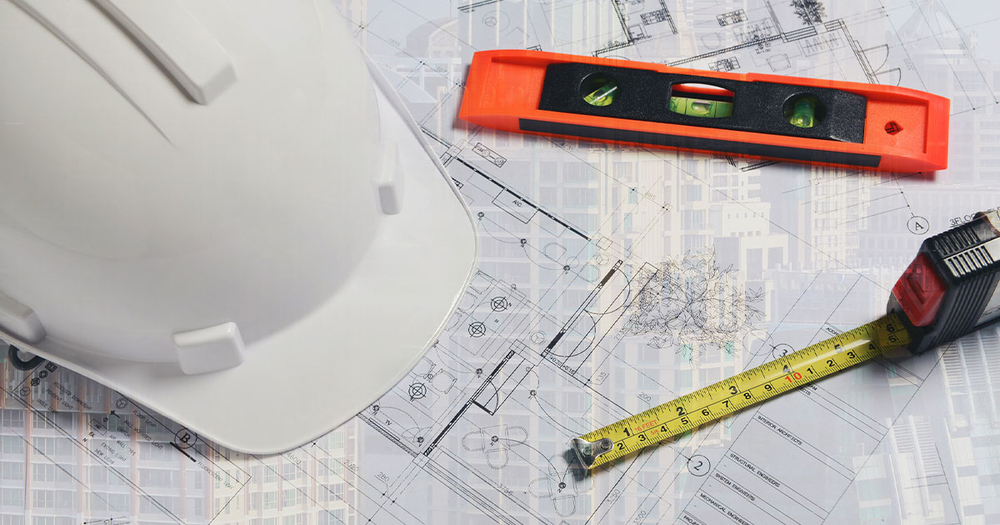
Leveling technology has come a long way from simple devices that use a bubble in a vial full of liquid to find a level to electronically-operated devices capable of doing the heavy lifting add a blazing fast speed.
Here are some of the most common types of levels used in land surveying and construction jobs.
A spirit level, also known as a bubble level, is a device used commonly by carpenters, bricklayers, and land surveyors.
Generally, spirit levels feature a bubble inside a plastic or glass vial filled with liquid. All you have to do is center the bubble between its marker lines to achieve a level or plumb.
Spirit levels vary in shape, length, and function:
Self-leveling, also known as automatic levels, are some of the most user-friendly instruments for land surveying and construction projects. An operator can manually level the device and allow the internal high-tech mechanism to complete the alignment on its own.
Self-leveling devices can account for any bumps against the device and warn the operator when the leveling range goes outside of the desired range. Contractors have a variety of self-leveling laser instruments to choose from.
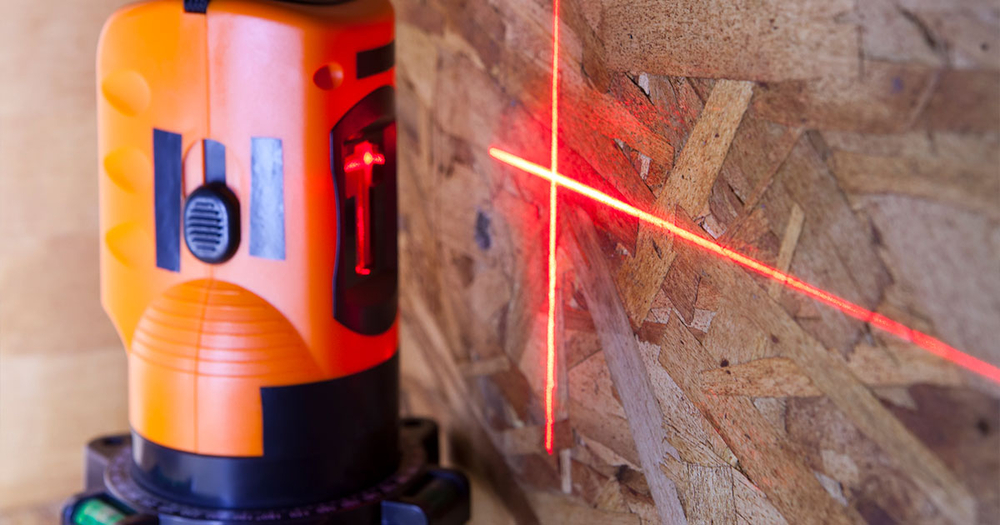
Laser levels for construction and land surveying provide a level reference using a red or green laser beam. Laser levels range from basic models to self-leveling devices that require minimal operation apart from setting your desired range.
Here are some of the most common laser level instruments:
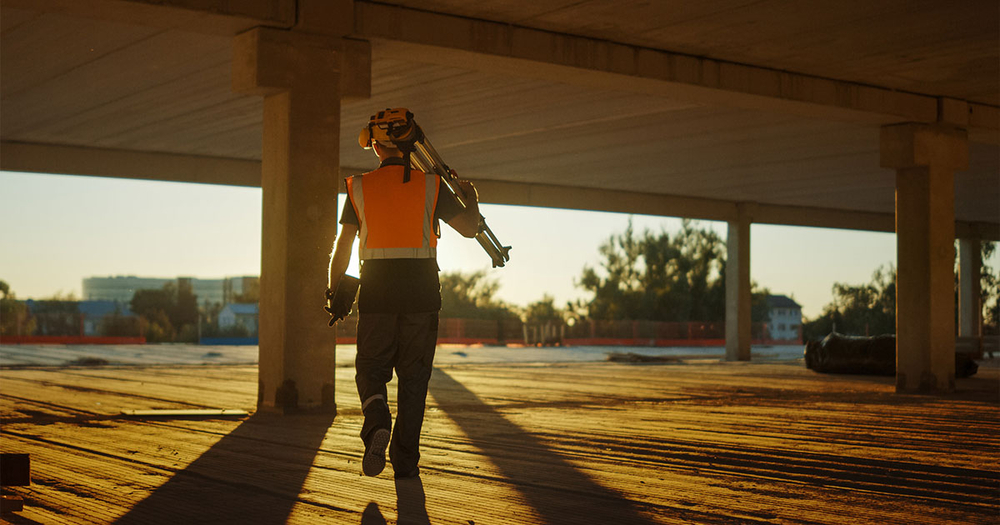
Hand levels may not require too many additional accessories, but the more high-tech levels can benefit from a complete system of leveling accessories. Each accessory complements the level’s function.
The following accessories are the most critical to getting the job done right the first time.
Baseline Equipment has a large selection of high-quality leveling systems for small- or large-scale projects. Since 2010, we have helped hundreds of contractors find the best-priced tools. Best of all, we offer world-class customer service, so you can make an informed purchase.
Contact us by phone (541-505-8005) or email (sales@baselinequipment.com) to talk to a dedicated sales consultant that can guide you through our product offerings and find a product that is right for your project.
We offer a 100% satisfaction guarantee and a no-fuss return policy. What could be better?
Shop Baseline Equipment for all of your land surveying and construction needs.